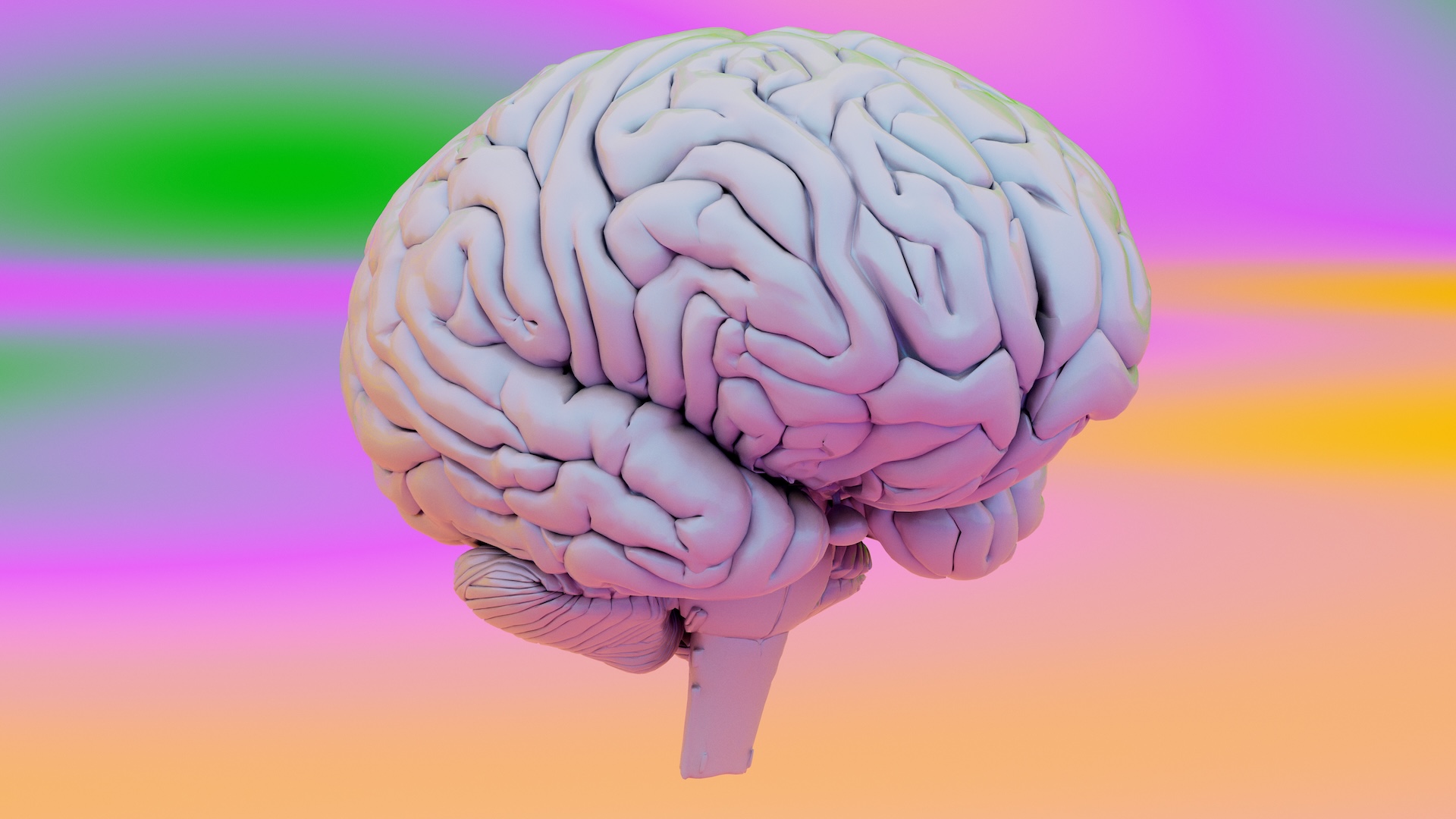Why So Many Animals Evolved to Masturbate
Sex toys in the animal kingdom
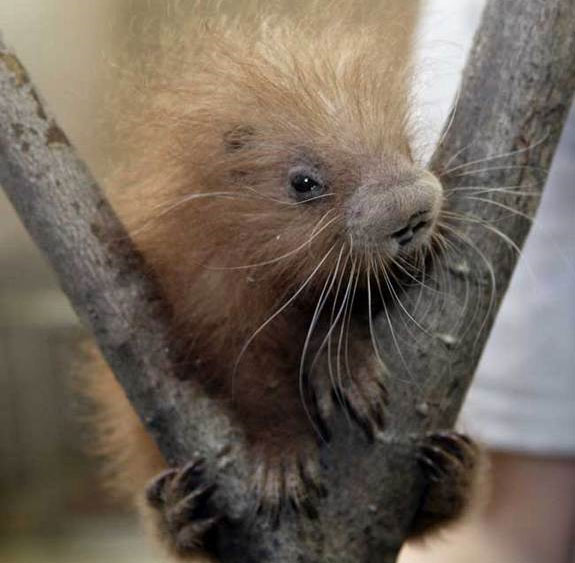
Porcupines prefer sex toys, and moose get off by rubbing their antlers on trees. While scientists debate the evolutionary reason for masturbation, there's no doubt that humans are not alone in their self-pleasure from time to time. Here are some other creatures that partake in solo sex.
— Clara Moskowitz, LiveScience Senior Writer
Humans

While our shared interest with the animal kingdom highlights some similarities between Homo sapiens and the rest of Earth's fauna, scientists say there are some differences in how we go about it.
For one, many animals that masturbate don't continue the deed until orgasm (humans seem to be rather goal-oriented on this point). That means that some of the best theories for why masturbation evolved in humans are off the table for other animals.
For example, studies have found that masturbation can increase a man's sperm count by getting rid of old semen that's lost its vitality, and therefore boosting the chances that young, lively sperm will be ejaculated during intercourse.
But since this discharge doesn't seem to occur as often in animals, then there must be some other benefits to the practice, scientists say.
Dogs
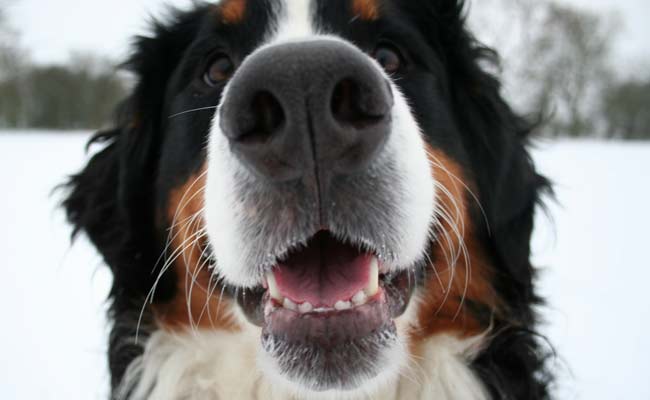
As most pet owners know, even domesticated dogs and cats are fond of doing the deed.
"Mounting, thrusting (humping) and masturbation are normal behaviors exhibited by most dogs," according to the American Society for the Prevention of Cruelty to Animals (ASPCA).
Dogs like to thrust and rub against objects, people and animals, and also enjoy licking themselves. Cats, too, enjoy self-fellation.
Horses

Autoeroticism in both male and female horses is common. While males like to slide their penises against their underbellies, females are known to rub up against posts or other objects — and they have even been observed secreting a type of female ejaculate mucus.
At least in males, these self-pleasing practices do not reduce sperm count or inhibit a stallion's ability to impregnate a female, studies have found.
In related news, moose can reportedly bring themselves to orgasm simply by rubbing their antlers on nearby trees.
Birds
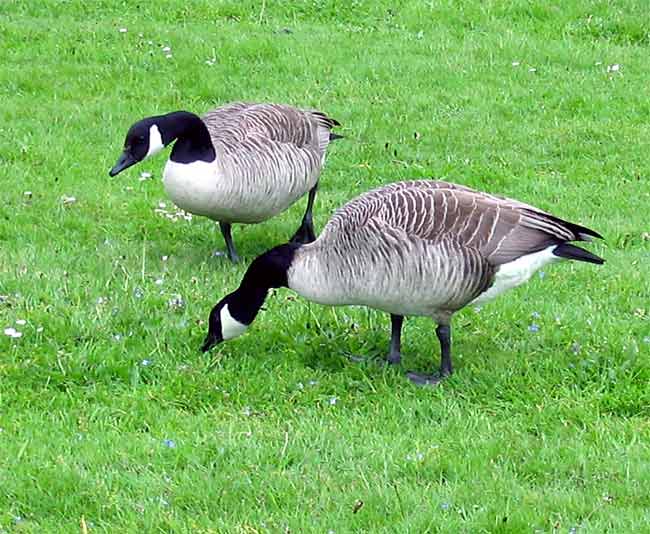
Most birds have an opening called a cloaca used for both sexual and waste-excretion purposes. Male birds masturbate by bending their tails under an object — such as a toy, perch, or even a human's hand — and then rubbing their cloacas on it, explained Dr. Marge Wissman on BirdChannel.com, a resource for pet owners.
A female bird will lift her tail to one side and back up onto an object to rub her cloaca on it.
"If done infrequently, behaviorists say masturbation is healthy, allowing the bird a natural release. If your bird is masturbating too often, you can often stop the behavior by removing the favored object," Wissman wrote.
Walruses
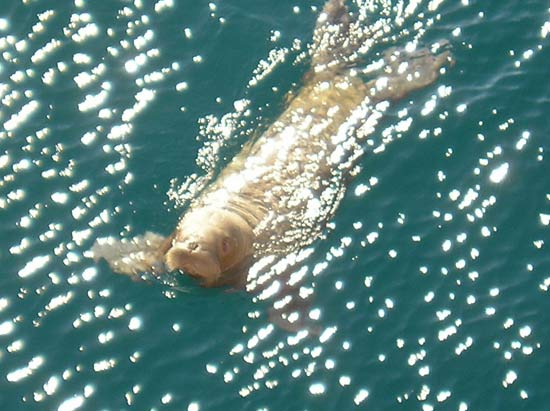
Male walruses are among those flexible animals that enjoy not only manual self-stimulation, but also oral. The marine mammals have been known to use their flippers to get the job done, and their mouths for so-called self-fellation.
Turtles

Self-stimulation is not reserved just for mammals, though. A whole genre of YouTube videos will attest to rampant turtle masturbation.
Male turtles will often rub or buck up against a wall, rock or step and repeatedly thrust his penis out of its sheath. The reptiles also emit telltale squeaks of pleasure.
Squirrels

A new study on African ground squirrels tried to probe the possible adaptive benefits of masturbation. After all, if solo love is so common, there must be an evolutionary reason for it, right?
In a September 2010 paper in the journal PLoS ONE, Jane M. Waterman of the University of Central Florida found that all 20 of the male squirrels observed masturbated to ejaculation and consumed the ejaculate. The researchers observed 105 squirrel masturbation sessions in total.
An analysis of the results suggests male squirrel "masturbation could function as a form of genital grooming," because saliva has anti-bacterial properties, and the act may also reduce their risk of catching a sexually transmitted disease. The ejaculation could also serve as "postcopulatory urination, as a more thorough mechanism to clean vital reproductive tracts after mating than just external genital grooming. Consuming the ejaculate may prevent moisture loss," the researchers wrote.
Porcupines

Prickly porcupines apparently like it rough — and use toys.
"As the mating season approached, the female porcupine would often rub her genitals on structures such as food and water dishes, sticks, and the cage wire," researcher Albert R. Shadle reported in a 1946 paper.
Shadle also found that lady porcupines were wont to "seize, straddle, and ride sticks about the cage."
Elephants

Elephants have been known to rub up against rocks for pleasure. However, to collect semen from captive elephants for artificial insemination, zookeepers must manually stimulate a bull's rectum to massage its prostate (yep, that means some poor zoo worker has to don a glove and reach up there).
Fun fact: Elephant penises are curved like an S, and can reach 3-5 feet (1 to 1.5 meters) in length with a 6-inch (16-centimeters) girth. Meanwhile, elephant clitorises can reach more than a foot long (40 cm)!
Monkeys
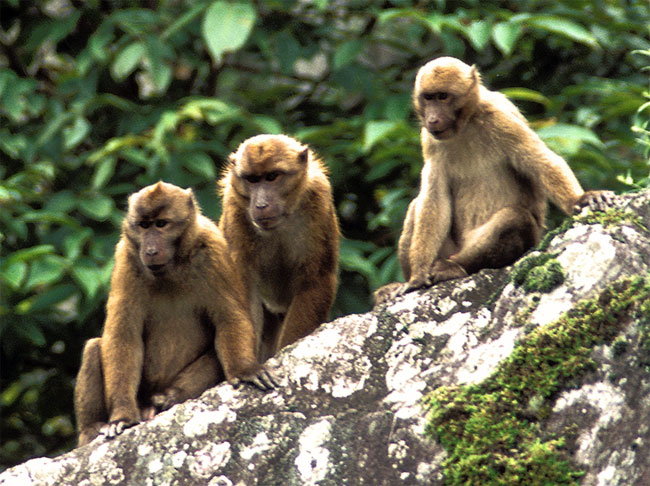
Perhaps not surprisingly, our closest animal relatives, primates, are also known to take matters into their own hands. "It does seem to be relatively widespread in primates (we have a paper just out online in International Journal of Primatology showing it occurs in wild golden-backed uacaris)," biologist Gareth Jones of the University of Bristol in England wrote in an e-mail to LiveScience. "The exciting thing… is that scientists are now exploring potential evolutionary reasons for its occurrence."
Besides uacaris, masturbatory behavior has been studied in rhesus monkeys, gray-cheeked mangabeys monkeys, colobus monkeys, Japanese macaques and other animals.
Sign up for the Live Science daily newsletter now
Get the world’s most fascinating discoveries delivered straight to your inbox.

